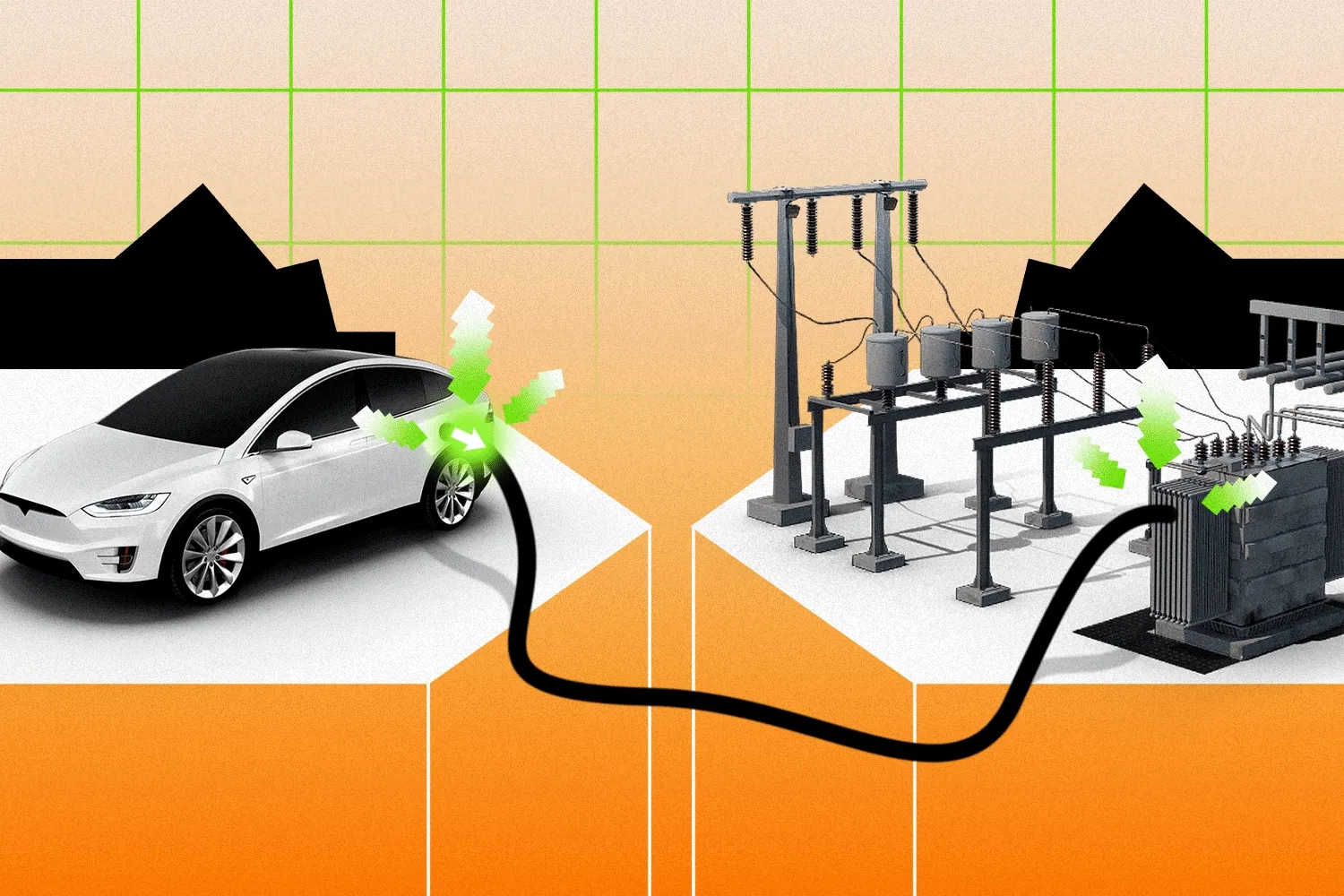By Tech Brew Staff
less than 3 min read
Definition:
Load forecasting is predicting—and planning for—how much energy the grid will need to dole out in the future. Grid operators and utilities might load forecast in advance of peak times—when demand for energy is really high—or off-peak times, when demand for energy is very low. A peak time might be in the evening when people get home from work, watch TV, and cook dinner; and an off-peak time might be at night when most people are asleep and not using many electronic devices.
AI can also help load forecast by analyzing energy use datasets from smart meters, utilities, and the grid that show when peak and off-peak times tend to be.
Load shifting
Once grid operators and utilities have a good idea of when demand for energy will be high and when the grid will have excess energy that isn’t being used, they might shift energy load using energy storage, like batteries or virtual power plants (VPPs)—a network of batteries that are programmed to work together.
During off-peak times, batteries and VPPs can pull energy from the grid and store it for when the grid needs extra energy during peak times. This process avoids two things: energy going unused, especially excess renewable energy, and grids having to rely on peaker power plants, which are extra power plants built for peak times that are rarely used. Peaker power plants tend to run on non-renewable energy.
Smart grid technology
Batteries and VPPs both fall into the realm of smart grid technology, as they help the grid run more efficiently. Other smart grid technologies can help individual consumers load forecast, too, like smart meters. Smart meters tell homeowners and building operators what appliances use the most energy and when their home or building is using the most energy, which can help curb excess power use. Smart meters also communicate with the grid about outages that are the result of too much electricity demand and not enough supply, which can be avoided using load forecasting.
Related content on Load forecasting
